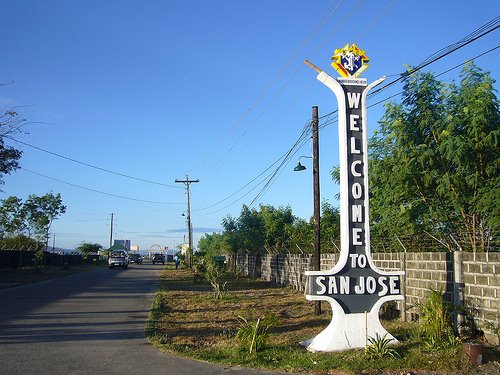Marty
Rubin, one of my favorite modern-day aphorists, penned this one-liner: “An echo has no voice of its own.” To put
it in the positive light, I think an echo can be likened to a research work
that only resonates the voices of the respondents.
When
I was still at the Social Action Center (SAC) of the Apostolic Vicariate of San
Jose, I dreamed of reading a sort of a political research work aimed at
describing and analyzing the structure and the dynamics of the present-day Occidental
Mindoro, say from 1970s to date, which is anchored on the province’s politics
of public administration. My search was futile. The people in the academic
field are apparently more interested in some other scholastic endeavors than
this particular kind of investigation or study.
Talking
of researches and echoes, in 1962, there was a student paper published by the
University of the Philippine’s (UP) students from Mindoro called “The Mindoro
Echoes” where some of its staff members are tasked to conduct researches
financed by the university’s Institute of Public Administration. Its editor
that time is a student named Edgar Tarriela. The Up research team was led by
Dr. Remigio E. Agpalo and started 15th of April that year. Aside
from Tarriela part of the team are Juan Tapales and Artemio Arellano. They, at
that time, are all graduates of UP with AB Political Science degrees. Tapales
and Arellano then are both working for their master’s degree while Tarriela is
pursuing his course in law.
The
research mostly consists of field interviews and ocular observations and their
interviewees were local elected officials in select towns of Occidental
Mindoro. The tedious tasks made by the
OCM-born students paved the way for the publication of Agpalo’s book, which was
published a decade later (1972), titled “The Political Elite and the People: A
Study of Politics in Occidental Mindoro”. This is the only documented and
published research on the subject matter as far as I know. I just do know why.
As
far as I know, there are colleges in San Jose which are offering graduate
studies in Public Administration. I do not know what prevents the students in
researching such a badly needed academic output. I have my own speculations
that I do not want to share here.
Why
such a research is important? First and foremost, the citizens can be provided
with information on our political mindsets as a people living in one community
that could very well guide us to our main quest of participatory citizenship,
civic duty and public functions.
On
the part of the local government officials, it will provide data that could
help evaluate and assess the needs and aspirations of their constituents or the
people. And, from Agpalo’s own words, “Thus,
public officials will be able to formulate and adopt enlightened policies based
on adequate and objective information to cope with the province’s problems.” I
just do not if these are important to them other than winning each electoral
race.
Allow
me to reiterate the need for such a research and call on the attention of the
competent and independent men and women in the academic field to please initiate it for you are
the most qualified, credible and capable to handle such a noble work than this biased, lowly blogger and story-teller.
Or
I just sound like an echo talking only to myself…
------
(Photo:
researchguides.library.wisc.edu)
Source:
Remigio E. Agpalo;“The Political Elite and the People: A Study of Politics in
Occidental Mindoro”; 1972; p. 390-390; University of The Philippines’ College,
College of Public Administration, Manila.

















